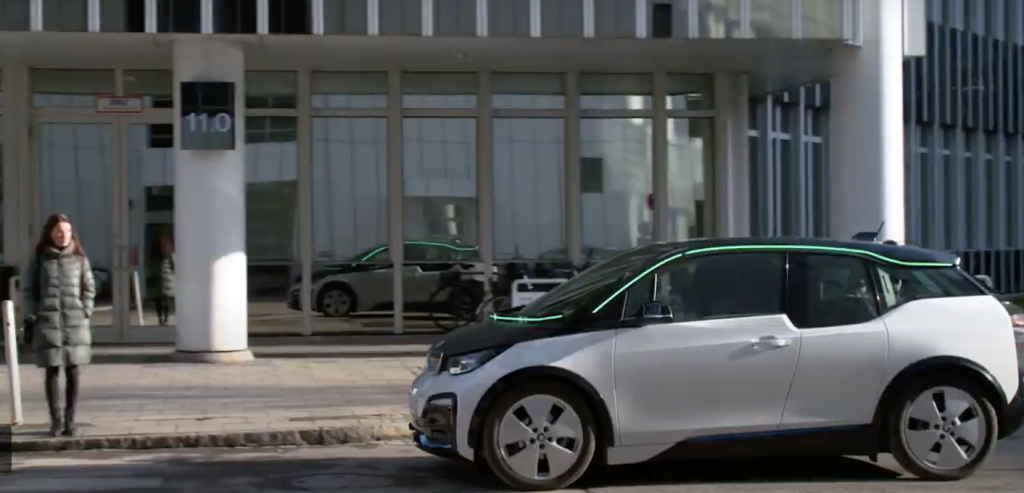The German government plans to enact regulations for the circulation of Level 4 driverless cars on public roads as early as summer 2021. This could possibly set legal standards with a lasting impact on the future of autonomous driving across the European Union and worldwide.
Munich, with BMW headquarters nearby, has already allowed testing of driverless cars on busy city streets. The draft limits autonomous vehicle operation to areas defined by the authorities, and specifically not on Germany’s high-speed autobahns, that are not foreseen to allow driverless vehicles until around 2030.
Specifically stated areas of autonomous operation to be allowed include: shuttles or “people movers,” hub-to-hub transports, demand-oriented offers in off-peak times (this may be a reference to Lyft or Uber rides), transport of people and/or goods on the first or last mile, and dual-mode vehicles driven cars that then park themselves as automated valet parking.

Although a draft of the law has not been officially published, copies of it are circulating in the automotive industry. This became known through a virtual event of The Autonomous organization, a discussion platform of stakeholders from the automotive industry, in a chapter event on safety and regulation.
The draft has reportedly received German cabinet-level approval. The next steps involve presentation and discussion in the Federal Parliament and Federal Council.
“Germany will be the first country in the world to bring autonomous vehicles from its research laboratories onto the road,” said the Minister of Transport and Digital Infrastructure Andreas Scheuer.
“With a uniform set of regulations, automakers will gain legal certainty for next-generation autonomous vehicles,” explained Ricky Hudi, Chairman of The Autonomous and former chief developer of vehicle electronics at Audi. “Consumers can rely on a uniform safety standard and gain confidence in autonomous driving.”
The draft regulation takes into account the functionality, test procedures and approval of autonomous driving functions, as well as cybersecurity. Sections subject to internal controversy and still to be worked out involve data protection and liability in case of an accident.
The draft envisions a two-stage approval process: first, the car manufacturer defines a set of spatial and technical conditions under which its vehicle can drive autonomously. If this is approved by the German Federal Motor Transport Authority, Kraftfahrtbundesamt (KBA), the manufacturer must prove that the necessary technical requirements and infrastructure such as V2X communication) are available in the prescribed area. Once both steps are accomplished, the manufacturer can put the autonomous vehicles into circulation.

